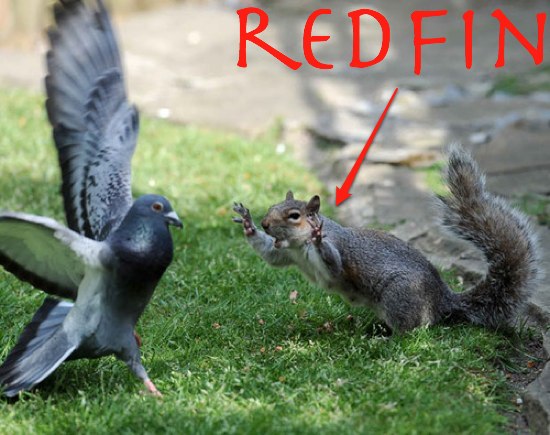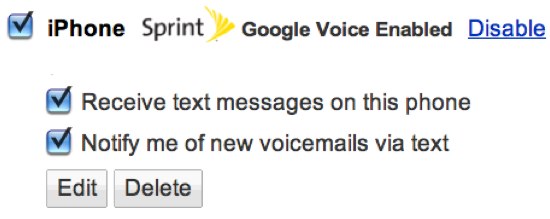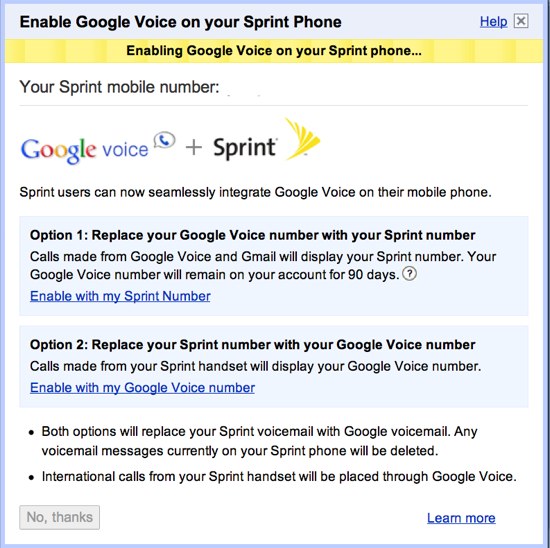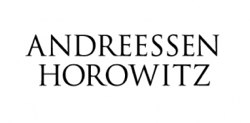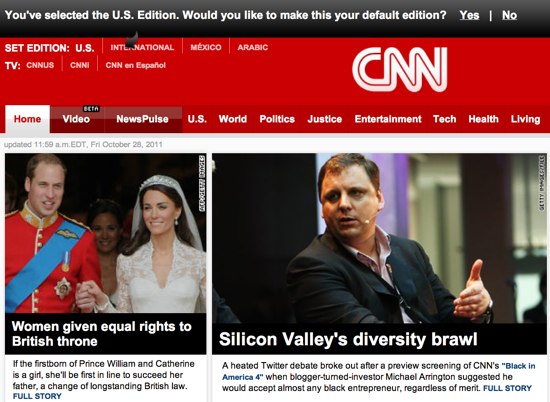
“I don’t think Mike Arrington is a racist” – Angela Benton
It’s never a good day when people you don’t know are having a raging Internet debate about whether or not you’re a racist. But that’s exactly what’s happening, thanks to CNN.
In July CNN reached out to me and AOL to ask if I’d do an on camera interview with Soledad O’Brien. Not A SINGLE WORD about the actual topic of the interview. Here’s their pitch:
We are producing, what we think is the first major broadcast news documentary on the Silicon Valley accelerator phenomenon and start-up culture. In this culture, Michael Arrington is God and TechCrunch is the bible.
The CNN “In America” documentary unit, led by special correspondent and anchor Soledad O’Brien, has produced a number of award winning long form documentaries.
This particular documentary will be told through the experience of a group of digital entrepreneurs who travel to Silicon Valley to chase their dreams.
Obviously Michael is extremely knowledgeable about the valley/start up culture and the rise of accelerator programs, as chronicled minute by minute in Tech Crunch. We would like Michael to share some insight into the allure of tech entrepreneurship… what drives people to pour their blood, sweat and tears into these startups? Who succeeds? Who fails? and why?
We would love to have Soledad conduct a brief interview with Michael when she is in Silicon Valley in July.
This documentary will air in November.
Any questions – please let us know.
Kimberly Arp Babbit
Producer
CNN In America with Soledad O’Brien
I ignored the request as I do most press inquiries. Generally it’s a waste of time.
AOL was excited, though, and pestered me to do it. My internal response was “I really don’t like these things very much. But it may be good to have them at our july event, the party.” I was thinking they’d go to the party, shoot some footage, and go away.
But I was talked into it by AOL. And so I showed up for this thing, thinking that we were talking about accelerators – Y Combinator and the like. Nothing in their first email, or any subsequent email, told me that this was going to be about the lack of minorities in Silicon Valley. I came prepared to talk about Y Combinator stats and how awesome these programs are.
In fact, CNN went to great lengths to hide the truth about the topic of the interview, as you can see from their email above.
So I sit down in the chair, with lights on me from everywhere and Soledad in my face and she starts asking me why there aren’t any black entrepreneurs in Silicon Valley.
It took me a while to catch up.
Very early in the interview she asked me to name my favorite black entrepreneur. I thought about it, and I drew a complete blank. Nothing. So I answered honestly. “I don’t know a single black entrepreneur,” I said.
See, my brain database doesn’t categorize people in terms of skin color. Or hair color. Or sexual orientation. When I queried that database, under stressful circumstances, I got zero results.
The interview went on for 45 minutes or so after that, and I amended my statements. I talked about Clarence Wooten, the CEO of Arrived. Wooten has been my friend since the mid 90’s, and I was his lawyer for his first startup, a wildly successful company that made Wooten rich. I’ve followed his career and I’m now a shareholder in Arrived. And tons of other friends and acquaintances who are black popped into my head as well.
CNN has apparently edited most of that out. Or at least they’re not highlighting it along with the gotcha statement.
But mostly we talked about why there are so few non Asian minorities getting funded in Silicon Valley. My answer is that none are asking, nor are they asking for press on TechCrunch. When we met them, we wrote about them.
The problem, I said, was that there weren’t enough minorities getting computer science degrees, or otherwise finding entryways into Silicon Valley. To fix the problem, we need to fix that.
Soledad was following NewMe, an accelerator for black entrepreneurs, for the documentary. She wanted to know if I’d heard about it.
Nope.
But I said that sounded awesome, just like the accelerators for women entrepreneurs. That we always write about.
And after the interview I asked Alexia at TechCrunch to cover NewMe’s demo day, which we did, enthusiastically.
And I went on with my life, thinking that the interview as a whole would show my true enthusiasm for supporting startups founded by minorities and women.
Nope.
CNN used the quote and nothing else I said (apparently) in a clip of the upcoming documentary. And today they put this “controversy” as the top story on CNN.com, outranking all other world news, with a huge picture of me. Various CNN staff enthusiastically retweeted the story.
It’s been a strange day, dealing with racial hatred coming at me on Twitter from people who have no idea what I said or didn’t say. Having debates with some of the black entrepreneurs I know about why I blanked on them during the interview, and whether or not there is some hidden bias in Silicon Valley against black entrepreneurs. And my statement that there’s actually reverse bias because everyone is falling all over themselves to invest in minorities and women (which sparks new outrage).
Anyway, there are actually some great things going on which can really help solve this problem. At Google Zeitgeist I sat with Will.i.am, Ron Conway, Larry Page, and others over lunch. Will.i.am was proposing an ambitious new idea to help get inner city youth (mostly minorities) to begin to see superstar entrepreneurs as the new role models, instead of NBA stars. He believes that we can effect real societal change by getting young people to learn how to program, and realize that they can start businesses that will change the world.
I said I’d support that in every way I can, and to let me know when, to start things off, I can write about it.
So anyway, I just don’t feel like a racist. Even though many, many people are telling me that I am and that I just don’t know it.
I wish CNN had told me the topic of the interview so that I could come prepared. Maybe check out NewMe beforehand, and some of the amazing black entrepreneur role models that are part of Silicon Valley.
But, really, that isn’t what CNN wanted. Soledad told me afterwards how much she loved that killer question. “Everyone pulls a blank, it’s perfect,” she said. No one she interviewed had any idea that the real topic was about minority entrepreneurs.
“Perfect” meaning she could make hay out of it at other people’s expense.
Because the fact is that it’s awesome that I pulled a blank. It’s awesome that I don’t have a fucking perfect sound bite ready at the tip of my tongue for a question like that. Awesome because I don’t categorize people as black or white or gay or straight in my head. They’re just smart or not smart.
It sounds like a cliche but my reaction on camera proves I’m not just saying that. I know tons of black entrepreneurs and, clearly, it would have been in my best interest to name them (and if I had CNN would have cut that out and never aired it).
I may be the poster child for racial ignorance in Silicon Valley, but my motives are pure and I always have and always will do anything to help out the underdog. Frankly, I’ll invest my time in people like Will.i.am, who are actually trying to fix the problem at the root level. Soledad, not so much. Even the NewMe people are complaining that she turned their very serious effort to promote black entrepreneurs into a circus by lying to people they interviewed about the topic and then hyper editing the footage to grab all the gotcha moments. I feel bad for them, this is all at their expense.
Maybe now some of you can begin to understand why I never wanted to be called a “journalist” at TechCrunch. It is a shameful profession.
I’m turning comments off on this post.

 After 42 successful weekly auctions of shares of Facebook stock, SecondMarket hit a snag – they weren’t able to make a market between buyers and sellers in the 43rd, and
After 42 successful weekly auctions of shares of Facebook stock, SecondMarket hit a snag – they weren’t able to make a market between buyers and sellers in the 43rd, and 


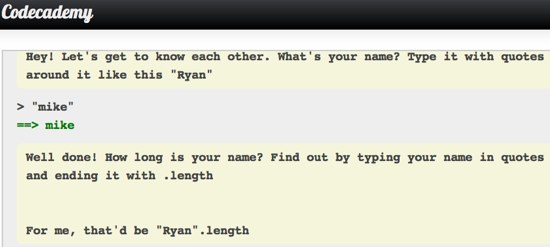
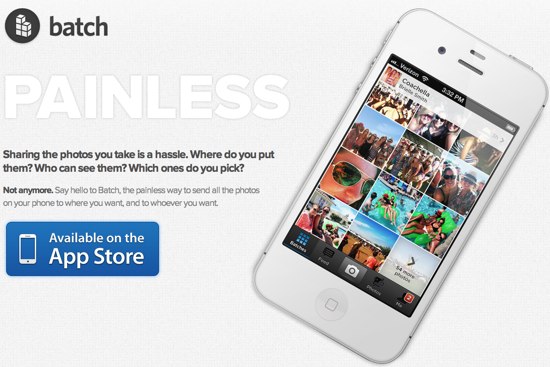
 And so the conversation went. I didn’t believe him until he pulled out his iPhone and showed me an early internal version of
And so the conversation went. I didn’t believe him until he pulled out his iPhone and showed me an early internal version of  It’s the perfect app to add to my new iPhone (
It’s the perfect app to add to my new iPhone (